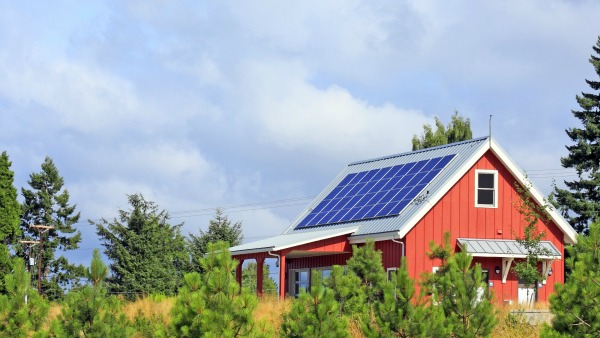
ShutterstockTime to move the sign again.
As if the swelling number of kids in the world isn’t enough to keep him busy, Santa Claus is being forced to shift his home eight inches every year to keep up with climate change.
Assuming I’m getting this fable right, the jolly old dude who rose from the dead and ascended to the North Pole to construct a toy-building redoubt and a reindeer-based delivery system could consider himself one of the many refugees of the changing climate.
That’s according, more or less, to the findings of a new study published in the journal Geophysical Research Letters, which used satellite gravity measurements from the Gravity Recovery and Climate Experiment to monitor the recent meanderings of the precise location of the North Pole.
The North and South Poles are always shifting, influenced in part by the ceaseless redistribution of mass all around the Earth. And all that melting ice and all those rising seas had enough of an effect to swing the poleward shift in a new direction in 2005. The pole is now moving in the direction of Greenland by seven milliarcseconds per year — an angular measurement that lead author Jianli Chen says equates to movement of a little more than eight inches every year.
Space geodetic observations of polar motion show that around 2005, the average annual pole position began drifting towards the east, an abrupt departure from the drift direction seen over the past century. …
This study shows that accelerated ice melting, combined with resulted speed-up of sea level rise in recent years, is the dominant driving force of the observed east-bound drift of the mean pole position.
“Polar motion is driven by mass redistribution in the Earth system,” Chen, a scientist at the University of Texas’s Center for Space Research, told Grist. “The speed up of ice melting and sea level rise since around 2005 has played a major role driving the observed abrupt departure of the mean pole from its original long-term drifting direction.”
This is perhaps one of the most fascinating and least terrifying implications of global warming ever.
“You don’t need to worry about anything,” Chen said.
Except maybe all the melting ice and sea-level rise that’s triggering the change.



